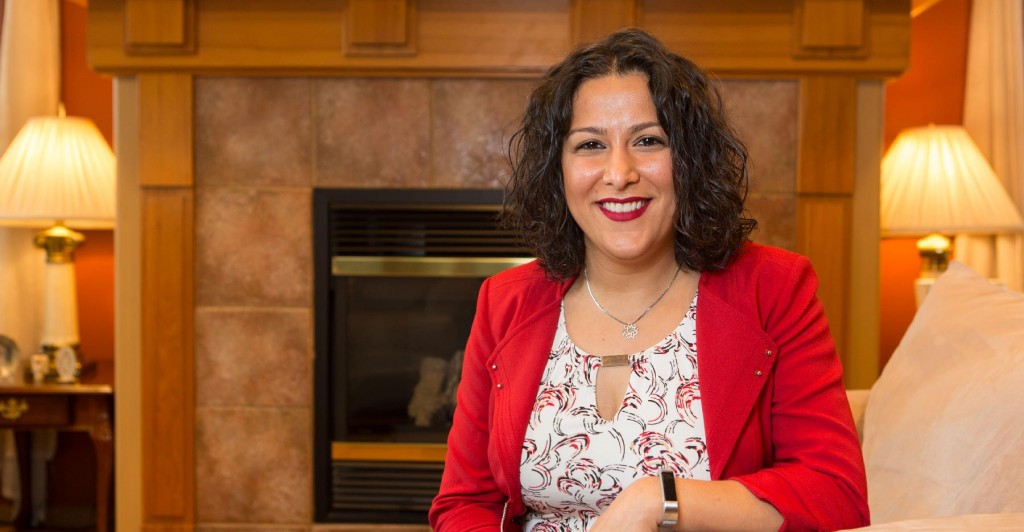Page 20 • (208 results in 0.084 seconds)
-
education throughout the world. Emphasis on applying knowledge for greater understanding of diverse populations in the K-12 educational system. (2 or 4 credits) EDUC 387 : Special Topics in Education To provide undergraduate students with new, one-time, and developing courses not yet available in the regular curriculum. The title will be listed on the student term-based record as ST: followed by the specific title designated by the academic unit. (1 to 4) EDUC 388 : Special Topics in Education To
-

, serving our neighbors. Access to quality, whole-person health care is essential to improving health outcomes, particularly for traditionally underserved and vulnerable populations. As a medically underserved area, the unincorporated Central Pierce County region, including Parkland and Spanaway, experiences multiple barriers to community health. As the community has grown, health disparities have also increased exponentially. In the partnership’s launch initiative, MultiCare Health System is building a
-
included: . Be sure to pay attention to specific methodological considerations if you are doing online surveys, research with vulnerable populations, recording or paying your participants, etc. See the HPRB website for more information.Why am I getting weird formatting when I type (and how do I make it go away)?Track changes may be on (it is the default setting). Turn it off by clicking on the little document icon with the pencil. Do this when entering text for your proposal, but leave track changes
-

airline ticket for the one she canceled. Compiling a list of essentials. Gathering essentials at stores unfamiliar to her upon her arrival. Setting up bank and cellphone accounts. After it was all said and done, Sabet-Kazilas sat in an empty Red Square, quietly reflecting on the journey. “The reality hit me hard,” she said. FAMILIAR VALUES Sabet-Kazilas’ desire to come to the U.S. grew out of her desire to serve other marginalized Iranians. She worked with underprivileged populations back home
-
nursing, critical analysis of nursing practice, nursing theories and epistemology, ethics, nursing care provided to marginalized populations, power relationships between healthcare professionals and patients, and finally, gender issues in nursing.Overview of Publications Conference ScheduleCarli SnyderPresentation Title: “Memories of Gusen: U.S Army Nurses’ Reflections on Witnessing the Liberation of a Concentration Camp” Who: Ms. Carli Snyder, doctoral student in the History Ph.D. program at the City
-
Jewish populations. Was the music always of Jewish origin? This presentation will examine the question as it applies to all the camps and ghettos and provide programming guidelines. “Terezin and the Art of Defiance” – Murry Sidlin This is the story of the Terezin composer. Those who created new music. They compose, they share, they perform, but unless you are a Terezin arts scholar, or have studied music in the Holocaust era, most if not all of these names, and the compositions we will look at today
-

possibilities are endless. I enjoy that as a growing profession, research is expanding in this field and the emphasis on evidenced-based practices is growing and supporting the work that some people have been doing for years. I also have a newfound love for “resiliency.” Resiliency is probably one of the most beautiful things I have ever seen in my life, and in working with the populations that I do, I am continually blown away by human resiliency. What motivates you? Bah. Today? I’m not sure (laughs). I’m
-
runs through his work, which has focused on removing barriers and increasing access for traditionally underserved student populations. The Palmer students, he says, “are what get me out of bed every morning, and what keeps me working long days.” Eunissa Satterwhite ’19, said the financial assistance she received from the Palmer program made a difference. “But it’s also the mentor, who is with you throughout your college years, and the college readiness classes in high school,” she said. Palmer
-
throughout the world. Emphasis on applying knowledge for greater understanding of diverse populations in the K-12 educational system. (2 or 4 credits) EDUC 387 : Special Topics in Education To provide undergraduate students with new, one-time, and developing courses not yet available in the regular curriculum. The title will be listed on the student term-based record as ST: followed by the specific title designated by the academic unit. (1 to 4) EDUC 388 : Special Topics in Education To provide
-
Center Retention and Progression Advisory Group (RPAG) Understanding who our students are gives us a clearer understanding and perspective on how to mitigate and remove institutional barriers that impeded positive student outcomes. At this workshop, we will provide progression and retention data for automatic admit students, Black and Latinx students, and students with accommodations. Using data, we will share current initiatives aimed at closing equity gaps for these student populations and provide
Do you have any feedback for us? If so, feel free to use our Feedback Form.


